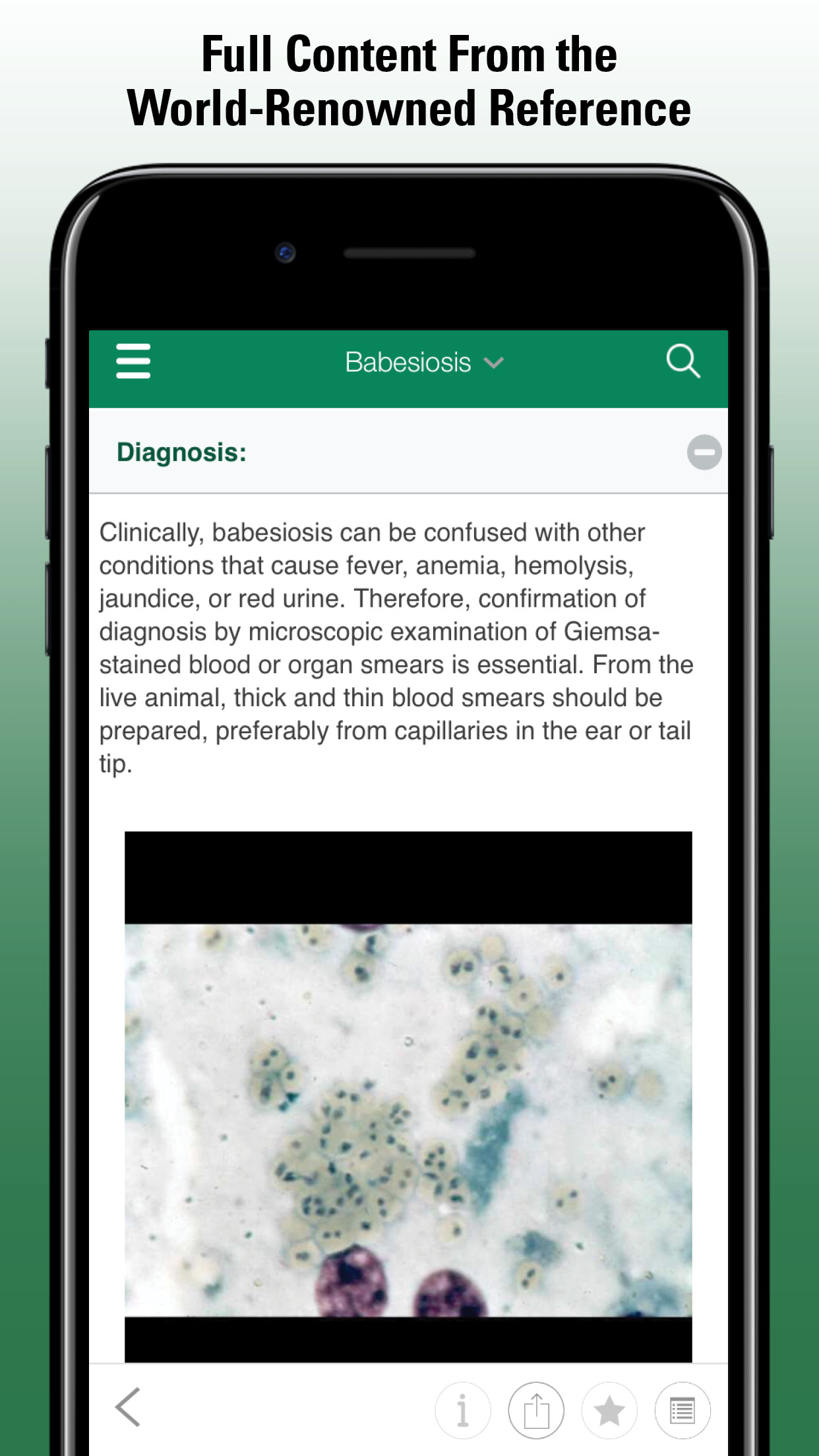Introduction to Birds
- Description and Physical Characteristics of Birds
- Introduction to Birds
- Description and Physical Characteristics of Birds
- Special Considerations for Pet Birds
There are some 35 to 45 million pet birds in the United States. Modern bird owners are continuing a pet bird tradition that goes back at least 4,000 years to the ancient Egyptians, who are often credited with keeping the first pet birds. The ancient Chinese are known to have kept pheasants. From writings dating back almost 3,000 years, we know that both Persians and Indians kept parrots and other birds as pets, as did the ancient Greeks. Aristotle studied and wrote about his pet bird, Psittace. The name of Aristotle’s bird is the root of the scientific name for all parrots, Psittacine. The Alexandrine parakeet is named for Alexander the Great; tradition has it that one of Alexander’s generals granted him one of these birds as a gift following the invasion of northern India in 327 a.d.
Birds have often performed important tasks for their human owners. For example, the breeding and use of pigeons for rapid message delivery was widely practiced in the Middle East and northern Africa from ancient times, spread to Europe and the New World, and continued well into the 1900s. Most individuals are familiar with the use of canaries in mines to detect dangerous coal gases and carbon monoxide. If the canary fainted or died, the miners knew that the air was dangerous and they should get out quickly. The use of canaries in mines started as early as the 15th century and continued into the 20th century. Canaries were also used to detect poison gas following the terrorist attacks in Japanese subways in 1995.
During the Medieval period, interest in bird keeping of all kinds was keen. Parrots in particular were highly prized and often kept by royalty and high ranking clergymen. Marco Polo saw many types of parrots during his journey to China, and Christopher Columbus brought Cuban Amazon parrots back to Spain as gifts for Queen Isabella and King Ferdinand.
Canaries were brought to Europe by Portuguese sailors about 1478. These birds originated on the Canary Islands, the location for which they were named. In some countries, such as Germany, the birds were bred for singing capabilities. In other areas, the interest was in body shape, body type, or feather color. Today, there are 3 general types of domestic canaries. There are those bred for color (such as the well-known yellow canary), those that are bred for their song (the Roller Canary), and those bred for characteristics of shape, plumage, and size (the Frilled Canary).
Interest in owning birds has been strong for hundreds of years. In Europe, bird shows were first organized in the 1600s. Both canaries and parrots were popular in these early events. Today, bird fanciers hold over 200 shows each year in the United States alone.
- Description and Physical Characteristics of Birds
- Introduction to Birds
- Description and Physical Characteristics of Birds
- Special Considerations for Pet Birds




